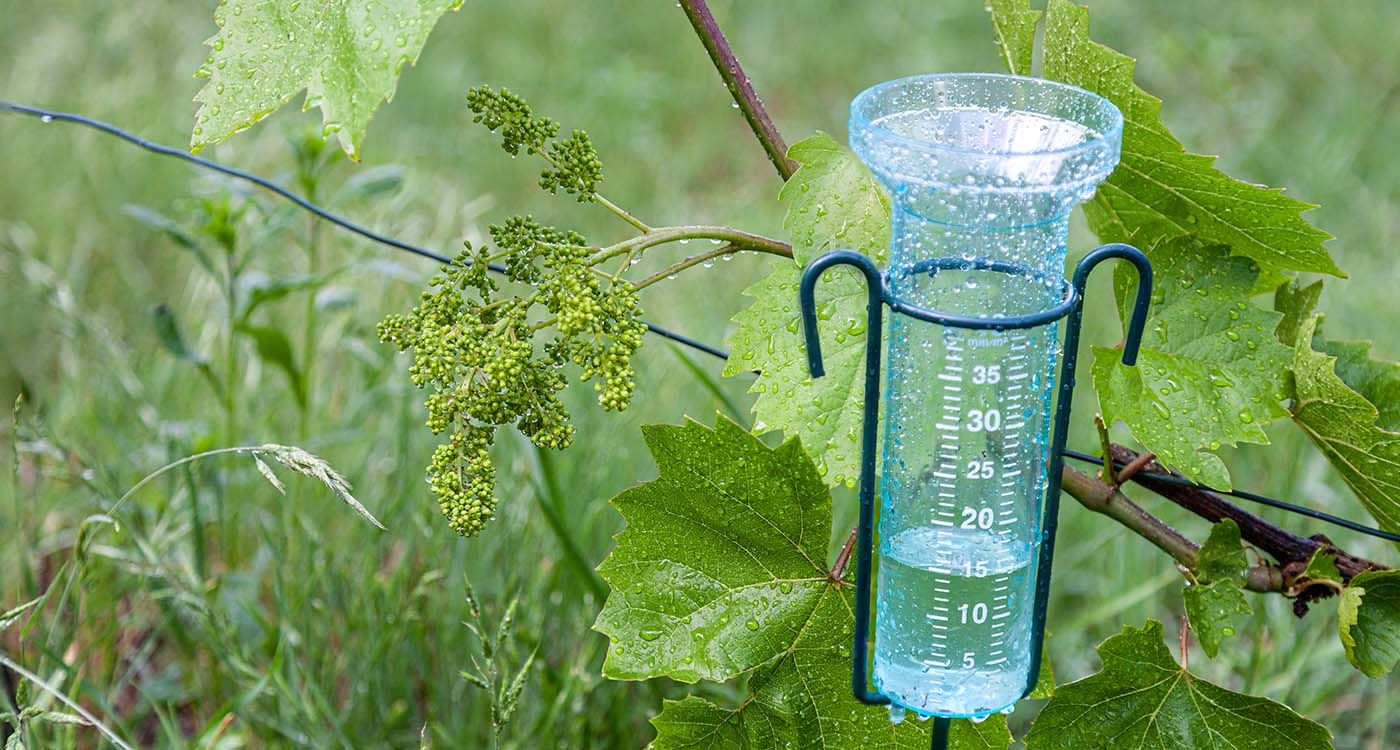
Large changes are happening in Lebanon's weather, with rainfall and snowfall rates dropping far below the average. Compared to last year’s abundance, this year’s precipitation has drastically declined — Beirut saw, for the same period, a drop from 520 mm in 2024 to just 262 mm in 2025, Tripoli from 540 mm to 280 mm, and Zahle from 285 mm to 152 mm.
“We’re looking at an extreme contrast,” says Engineer Marc Whaibe, Head of the Meteorological Service at Beirut Airport, highlighting that the shortage could have serious consequences for the country’s water supply this summer.
Now, this year isn't really a reference and last year isn't a reference either," Whaibe said. "Last year we had above-average precipitation and this year we are below average. We're looking at two years, both of which are extreme — one was exceptionally dry and the other was excessively wet."
A Rare Occurrence in Lebanon's Weather History
While ups and downs in rainfall are natural, this sets a peculiar record for Lebanon. “In Lebanon, we typically receive the amount of rain we’ve had this year by the end of January,” Whaibe noted. He added. "This probably is the third time this has happened in 75 years, the first was in the late 1950's, the second was around 2013-14 and now is the third occurrence."
The Consequences for Water Reserves and Summer Challenges
Ideally, Lebanon's annual secondary water balance should fall between 750-800 mm for Beirut and Tripoli while exceeding 1,200-1,300 mm in more mountainous regions such as Mount Sannine, in Mount Lebanon. These figures are not even close. "This means that by summer, we won't have a large water reserve," Whaibe said. "Our groundwater hasn't replenished properly because we didn't get large amounts of rainfall this year."
He also emphasized how snowfall helps Lebanon's water supplies. "We depend on the snow in the mountains since it gathers up and melts over spring and summer, constantly replenishing our underground water. We need snow, so if it doesn't happen this year, that will make summer even tougher because the supply of water will be low."
Greater Demand, Higher Pressures on Water
Comparing the situation to the previous years, Whaibe said that Lebanon's population was about 1.8 million in the late 1950s and is now about 6 million. "That means the demand for water is at least three to three-and-a-half times higher than in the 1950s," he said. "We are drawing groundwater at a higher rate, which is depleting our reserves, especially with minimal replenishment from mountain snowfall,” he said.
Tourism and agriculture add to this already increasing demand. "Today, the tourism industry requires a lot of water — for hotels, swimming pools, etc. Agriculture also requires huge amounts of water for irrigation. To meet these requirements, we are extracting groundwater from wells, which results in increased shortage of water," Whaibe added.
The ACIL Storm: A Much-Needed but Insufficient Relief
An approaching storm, ACIL, will indeed bring some rain from Wednesday, but not enough to offset the current deficiency. "We're not expecting much," Whaibe said. "Forecasts predict around 70-80 mm of rain and about 70 centimeters of snow in lower altitudes — so not much. Still, given the bad situation we find ourselves in, everything that comes our way is a blessing, though insufficient."




Comments